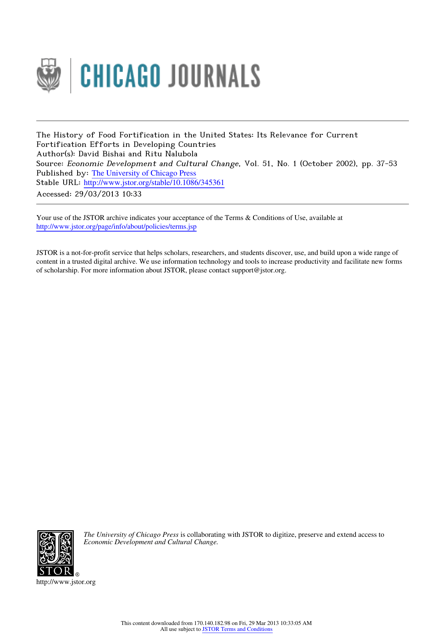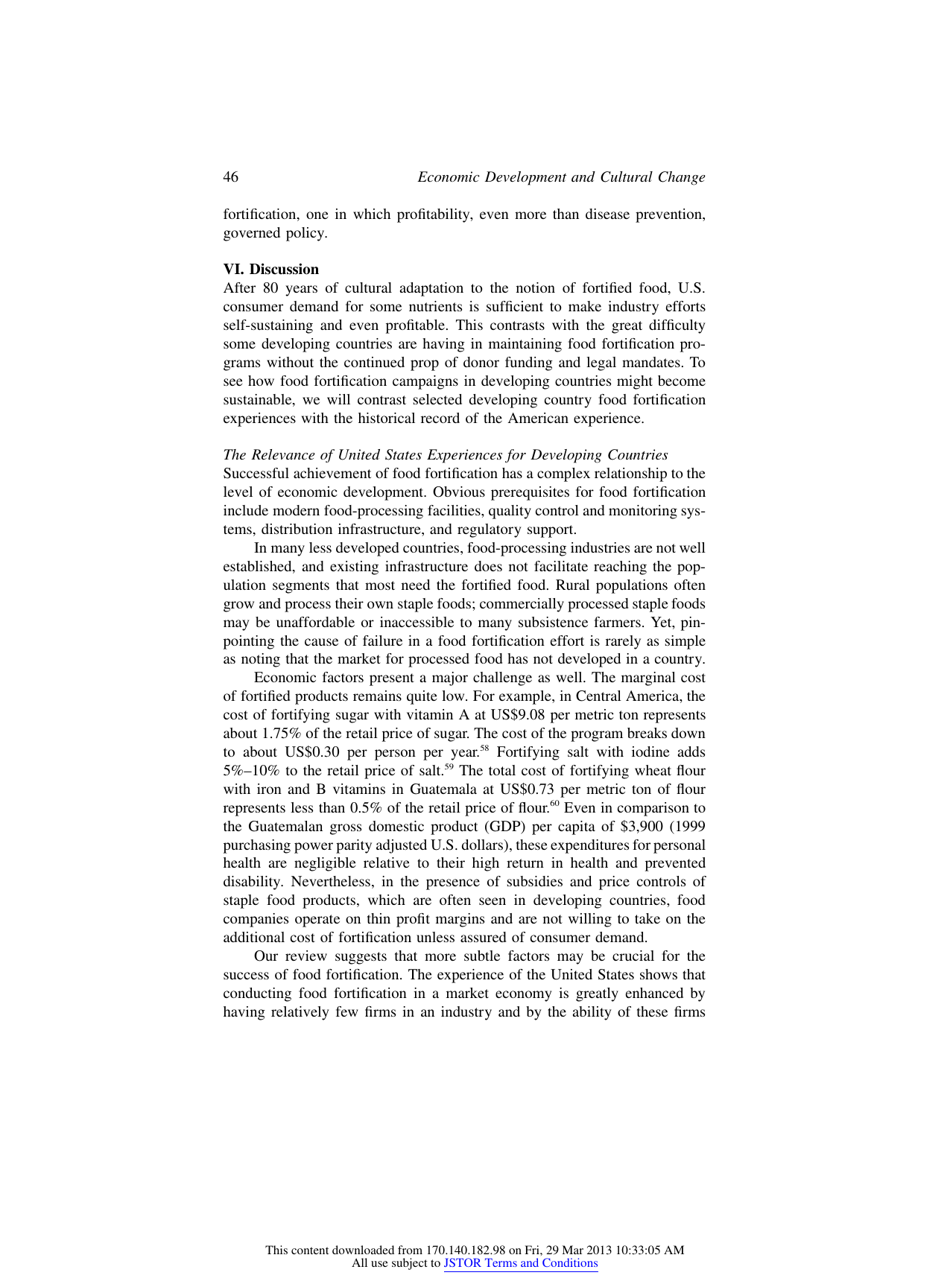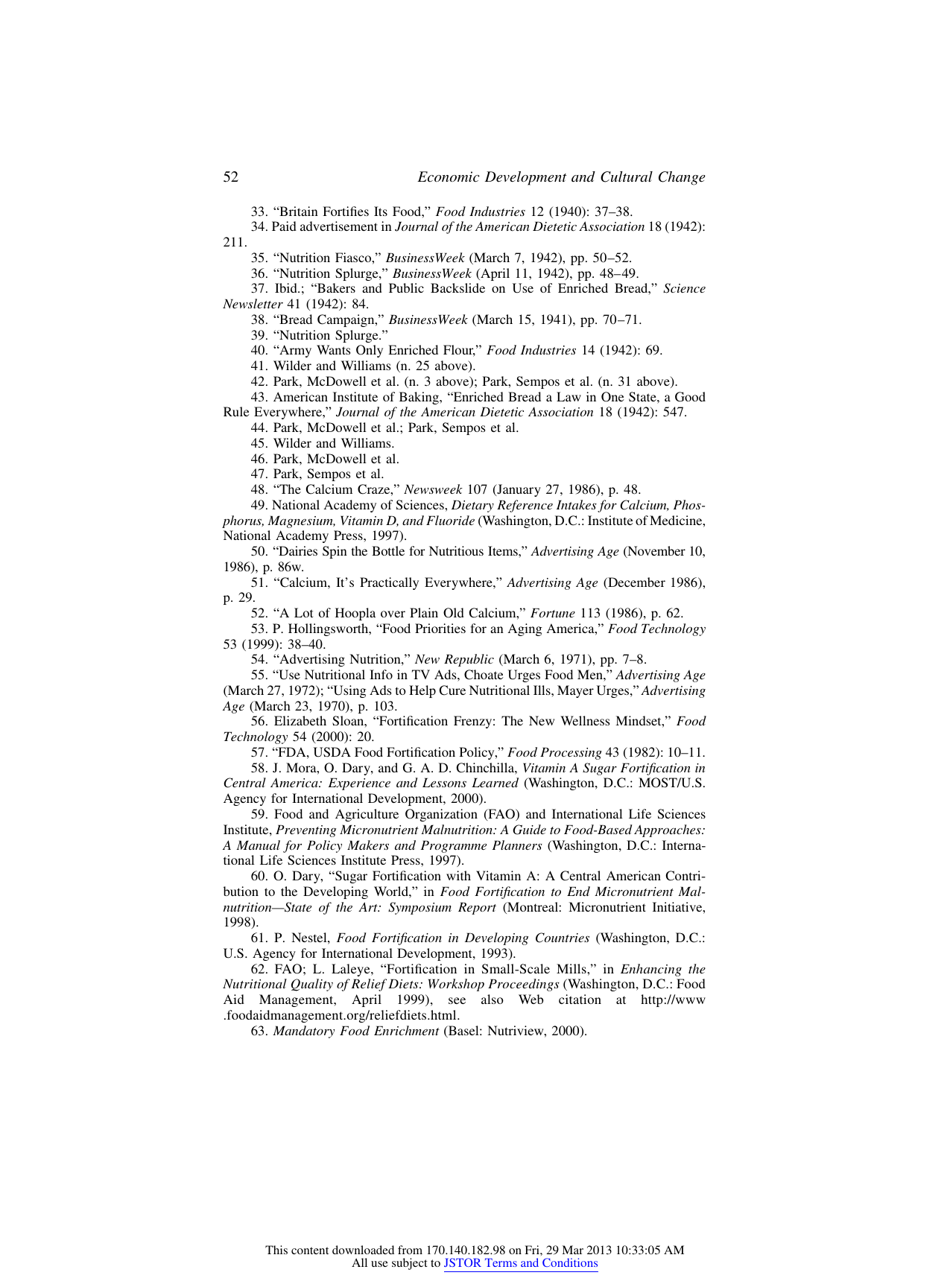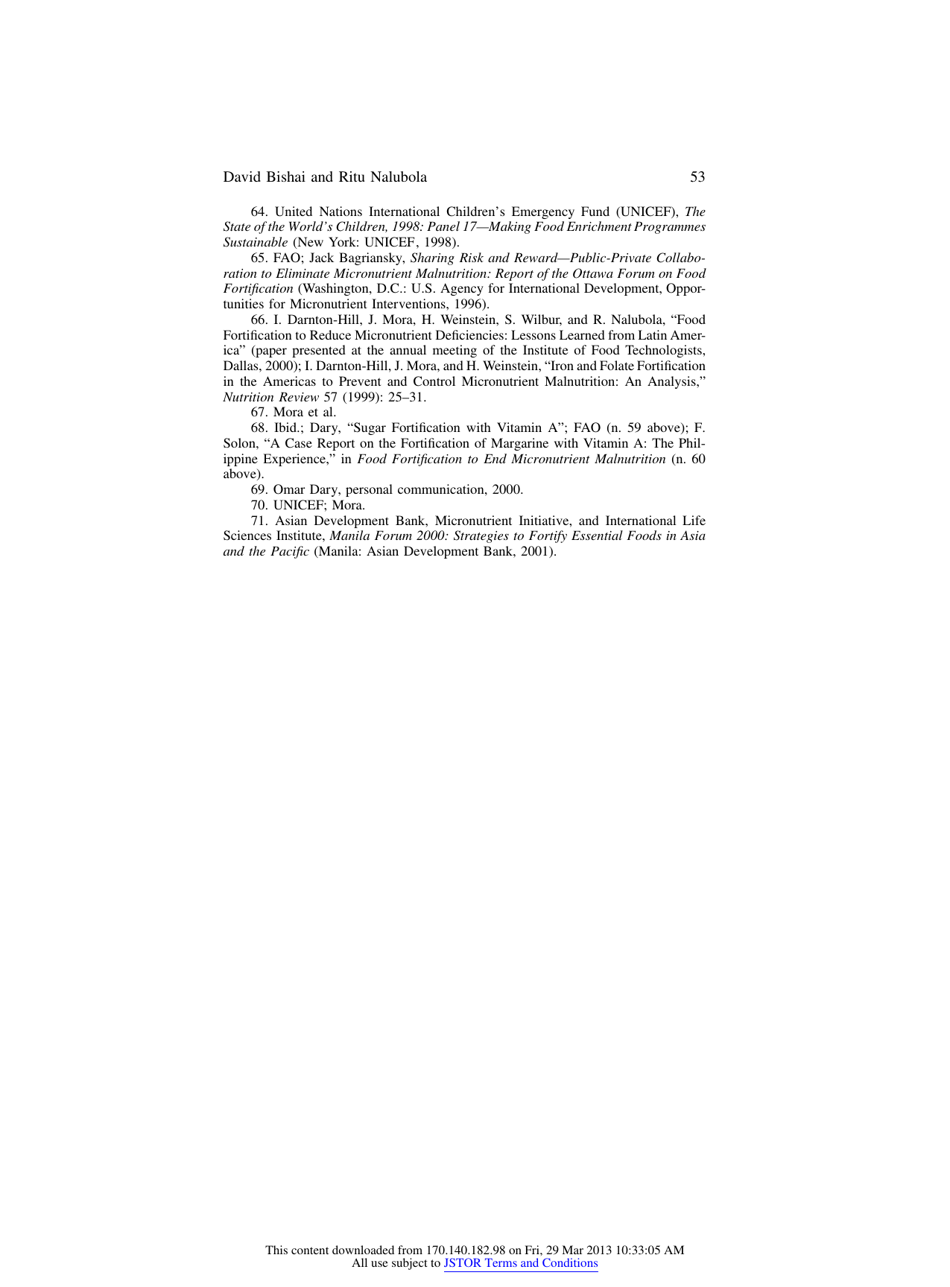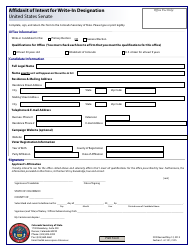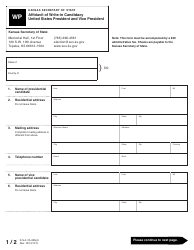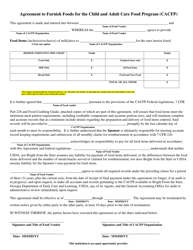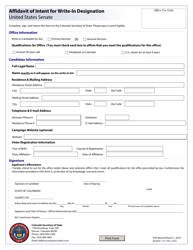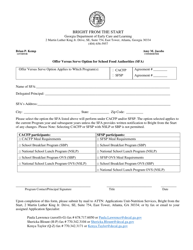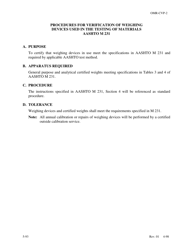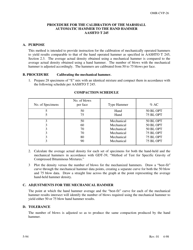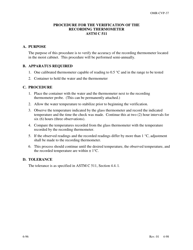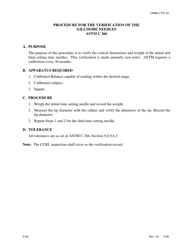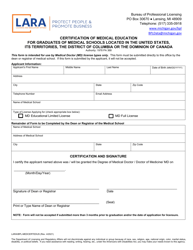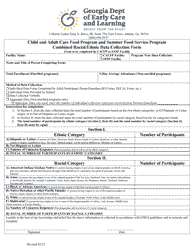The History of Food Fortification in the United States: Its Relevance for Current Fortification Efforts in Developing Countries - David Bishai, Ritu Nalubola - Chicago, Illinois
The document "The History of Food Fortification in the United States: Its Relevance for Current Fortification Efforts in Developing Countries" by David Bishai and Ritu Nalubola in Chicago, Illinois discusses the history of food fortification in the United States and how it relates to ongoing fortification efforts in developing countries.
FAQ
Q: What is food fortification?
A: Food fortification is the process of adding essential nutrients to food to improve its nutritional value.
Q: Why is food fortification important?
A: Food fortification is important because it helps to prevent nutrient deficiencies and improve overall public health.
Q: What is the history of food fortification in the United States?
A: Food fortification in the United States dates back to the early 20th century, when iodine was added to salt to prevent iodine deficiency.
Q: What are some current fortification efforts in developing countries?
A: Current fortification efforts in developing countries include adding micronutrients like iron, vitamin A, and folic acid to staple foods like flour, rice, and salt.
Q: How does food fortification benefit developing countries?
A: Food fortification can help address nutrient deficiencies in developing countries, improve public health, and reduce the risk of diseases.
Q: What challenges are associated with food fortification in developing countries?
A: Challenges in food fortification in developing countries include ensuring proper implementation, monitoring, and enforcement, as well as addressing cultural and logistical barriers.
Q: What can be done to promote food fortification in developing countries?
A: Promoting food fortification in developing countries involves raising awareness, providing technical assistance, and collaborating with governments, NGOs, and the private sector.
